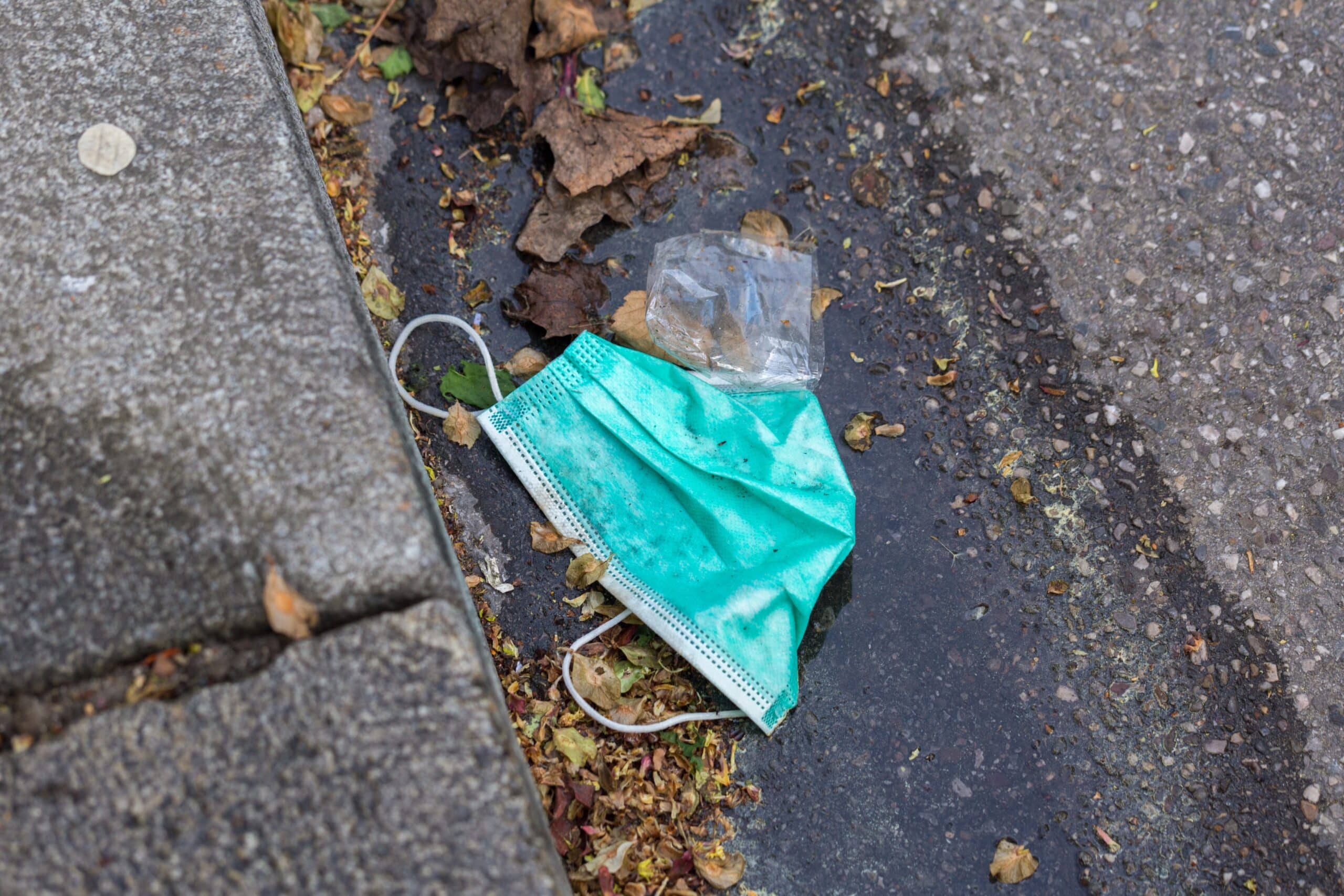The researchers of this study say that masks slow down airflow which makes people more susceptible to breathing in particles, and a dirty face mask is not able to effectively filter out the tiniest of droplets.
“It is natural to think that wearing a mask, no matter new or old, should always be better than nothing,” said author Jinxiang Xi. “Our results show that this belief is only true for particles larger than 5 micrometers, but not for fine particles smaller than 2.5 micrometers.”
ABSTRACT:
“Even though face masks are well accepted as tools useful in reducing COVID-19 transmissions, their effectiveness in reducing viral loads in the respiratory tract is unclear. Wearing a mask will significantly alter the airflow and particle dynamics near the face, which can change the inhalability of ambient particles. The objective of this study is to investigate the effects of wearing a surgical mask on inspiratory airflow and dosimetry of airborne, virus-laden aerosols on the face and in the respiratory tract. A computational model was developed that comprised a pleated surgical mask, a face model, and an image-based upper airway geometry. The viral load in the nose was particularly examined with and without a mask. Results show that when breathing without a mask, air enters the mouth and nose through specific paths. When wearing a mask, however, air enters the mouth and nose through the entire surface of the mask at lower speeds, which favors the inhalation of ambient aerosols into the nose. With a 65% filtration efficiency (FE) typical for a three-layer surgical mask, wearing a mask reduces dosimetry for all micrometer particles except those of size 1 µm–3 µm, for which equivalent dosimetry with and without a mask in the upper airway was predicted. Wearing a mask reduces particle penetration into the lungs, regardless of the FE of the mask. The results also show that mask-wearing protects the upper airway (particularly the nose and larynx) best from particles larger than 10 µm while protecting the lungs best from particles smaller than 10 µm.”
Computer models of a person wearing pleated 3 layered surgical masks were used to track how face-coverings affected airflow and how well particles were able to pass through the coverings, while also investigating how droplets of various sizes settle onto the face, in the airway, and where they land in the nose, pharynx or deep lung.
According to the researchers wearing a mask was found to “significantly slows down” airflow, reducing a mask’s efficacy and making a person more susceptible to inhaling aerosols into the nose, which is a major infection target point of SARS-CoV-2. Additionally, pleats of a face mask were found to also significantly affect airflow patterns, and their efficacy changes with more use. Findings highlight the importance of changing masks frequently and wearing an effective clean one properly.
“In this study, we found that the protective efficacy of a mask for the nasal airway decreases at lower inhalation flow rates,” the study said.
“We hope public health authorities strengthen the current preventative measures to curb COVID-19 transmission, like choosing a more effective mask, wearing it properly for the highest protection, and avoid using an excessively used or expired surgical mask,” said Xi.




